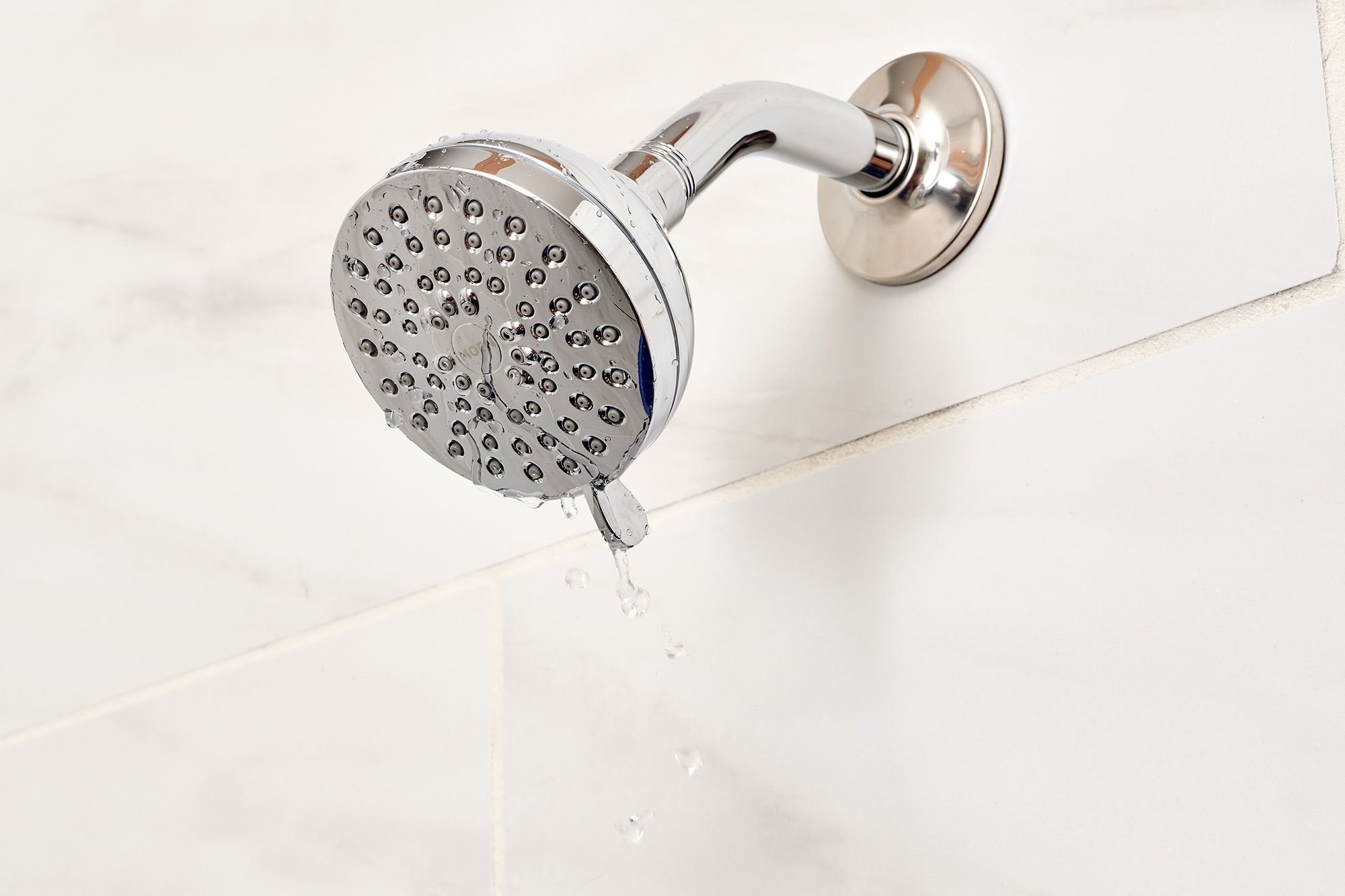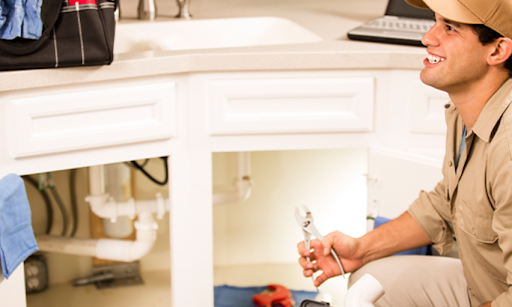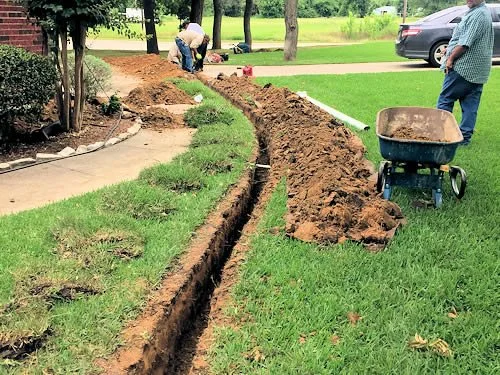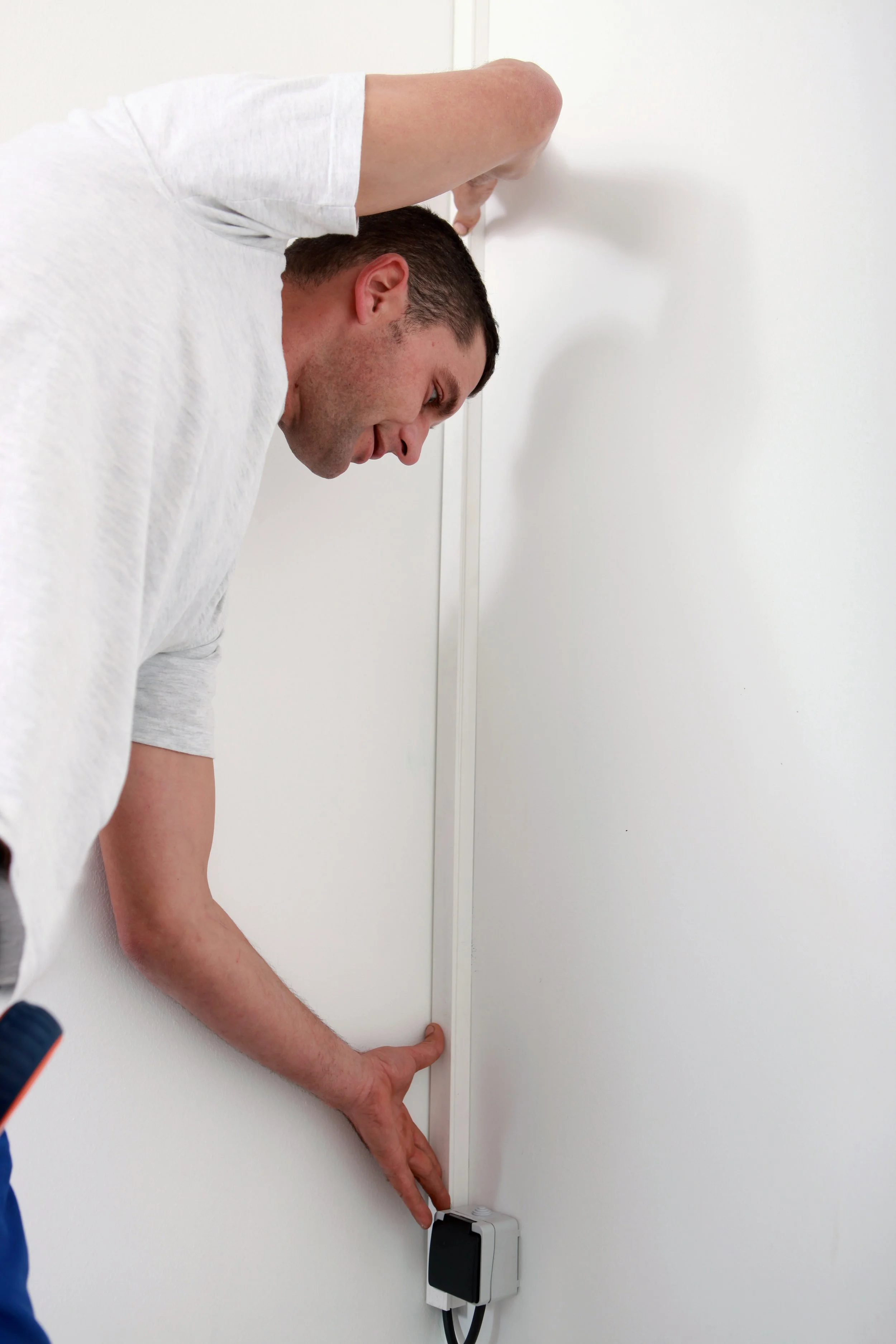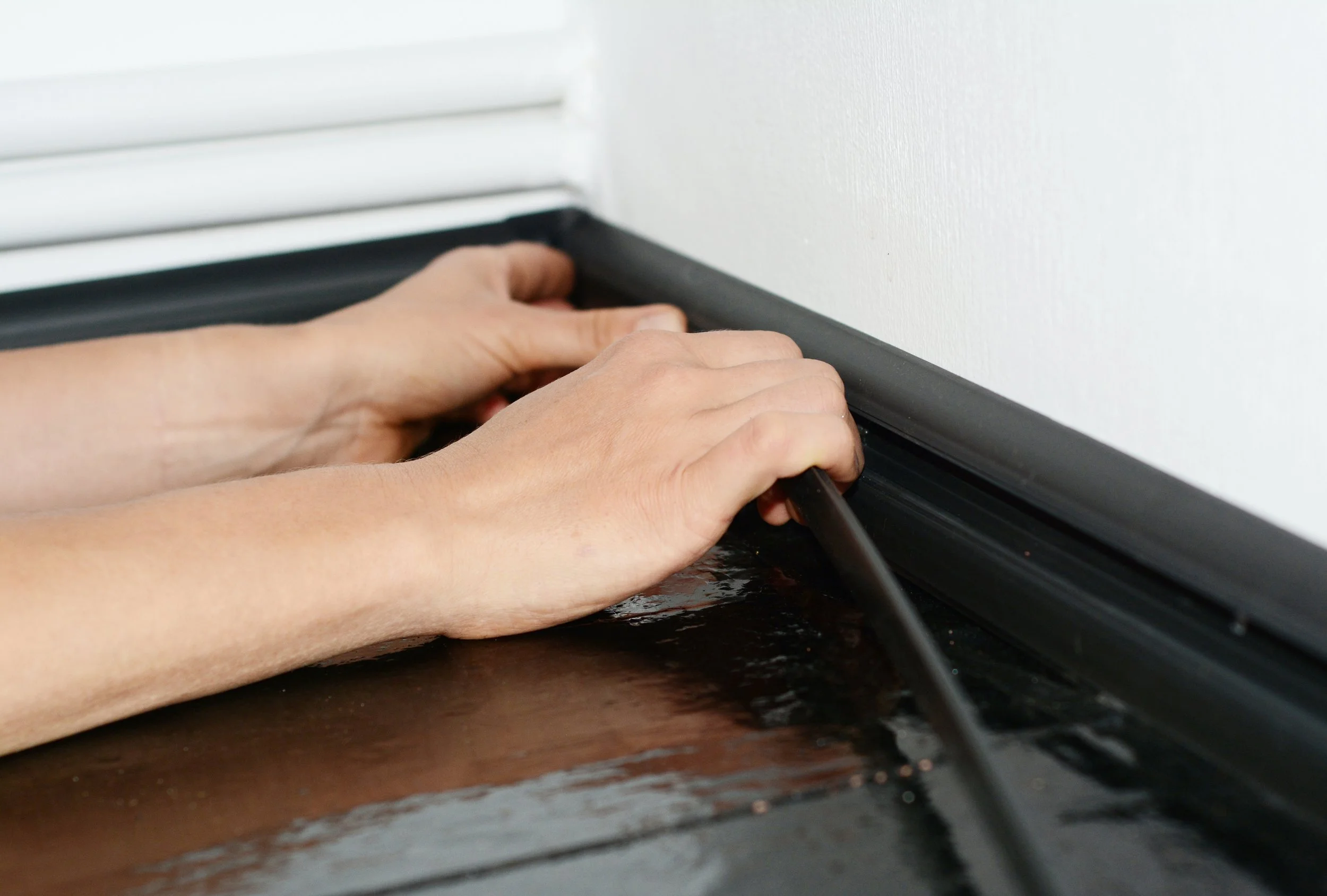Why is My Shower Leaking: Causes and Solutions
RH Business Marketing Solutions
Leaking showers can be an annoying problem to deal with. You might not even notice that you have a leak until you are standing in the shower and water starts running down your leg.
A leaking shower is fairly common and usually is due to water leaking through the shower head, due to the connection between the shower head, hose, pipe or even the valve.
Most of the time, a leak is pretty easy to fix. If, for example, your leak is coming from your shower valve, it’s likely just a matter of tightening up some screws or replacing a sealant ring to fix it. If your leak is coming from where your pipes come out of the wall, you need to call an expert plumber because this type of leak will require more complicated repairs, leaking shower repair in this instance requires a certified professional.
In this article, we will discuss the most common causes of leaks in showers and how to fix them once and for all.
Common Causes of a Leaky Shower
Shower leaks are a common problem and can be difficult to identify.
The most common cause of a leaky shower is the result of wear and tear which is totally normal, since we all own our showers for a very long time and use them multiple times a day. This can also be the case even further if you have hard water or live in an area where there are a lot of calcium deposits.
Here is a list of the common causes of a leaky shower:
Loose Connection (usually shower head or hose)
Low-quality equipment
Improper shower installation
Faulty shower
Damage/Wear and Tear
Loose Connection
A loose connection is often the cause of a leaky shower and quite often the leak is due to the shower head or shower hose not being attached properly, typically after installation or replacement.
You can quickly resolve this by checking all the shower attachments and tightening them where loose.
Low-Quality Equipment
Low-quality equipment is also a common cause of a leaky shower. If you buy a bad quality cheap replacement shower hose, for example, it may not fit your shower system properly and you will have a leak. The best shower hose to get is one that is anti-kink, robust and matches the brand of your shower and shower head, if possible. This way it will fit your shower properly and securely. If this is not possible, always go for tried and tested shower systems and accessories.
Improper Shower Installation
Improper shower installation refers to where you or a contractor may have installed the shower incorrectly thus resulting in a leak. The best way to know if this is the case is to identify where the leak is coming from. If the leak is coming from somewhere before the shower hose, it could be installed incorrectly. If this is the case and you are certified to install the shower yourself, double-check you have done everything correctly, referring to the installation manual. If you are still unable to get it working then it is best to speak directly with the manufacturer for support. We would also be happy to help you with this so check out our services page.
Faulty shower
Another one that may need the direct involvement of the manufacturer is a leak caused by a faulty shower. This one is difficult to identify and really only is possible after you check the above causes of a leak. Speaking with the manufacturer they will be able to support you - as long as you are still within warranty. If you aren’t you’d need to get your shower repaired or replaced.
Damage/Wear and Tear
Finally, we have damage or wear and tear. This occurs usually after you have had your shower for a long time and it has started to deteriorate, thus calling for you t get a new shower! This is because older showers are likely to be out of warranty and therefore not supported by the manufacturer anymore. You could try and get a replacement shower head and see how it goes but you may add up additional costs without getting the problem resolved.
If you have tried everything and still are not having any joy feel free to get in touch with our team and we will fix this for you.
Guest Contributor: Ben Victor

